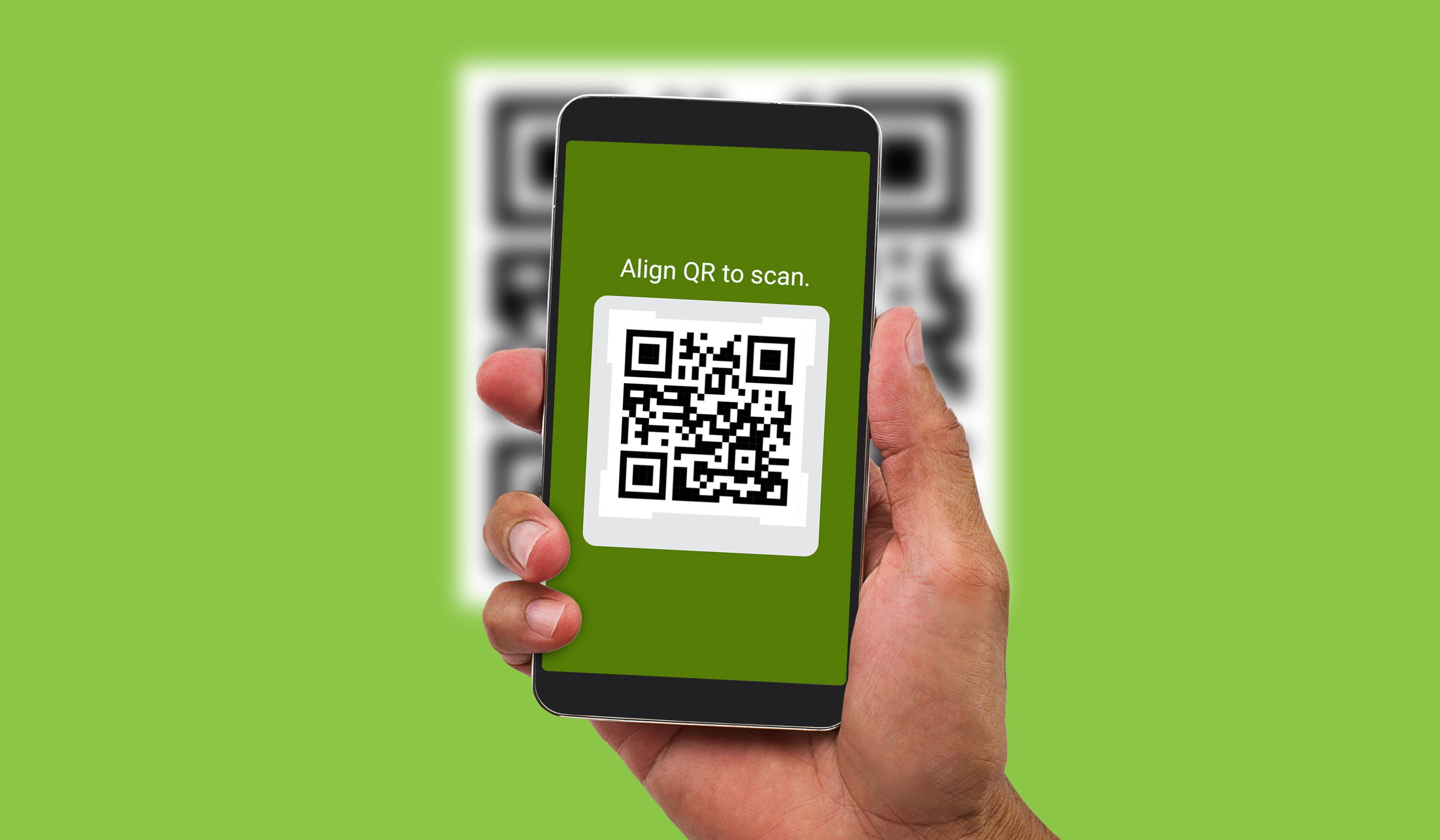
Quick response codes—QR codes for short—have definitely come a long way since they were first used in the 1990s. From simply being an automotive manufacturing tool for production, shipping, and tracking, QR codes are now present in almost every industry.
In particular, QR codes are quite popular in advertising and marketing. Unlike the traditional barcode, these “black squares on a white background” can be encoded with more complex information. They can be used to deliver augmented reality experiences, share multimedia content, and even download apps.
QR codes have also been increasingly used as a contactless payment method over the years. That’s because QR codes can also be used to securely store bank account or credit card information. In fact, you may have noticed quite a few merchants already offering Maya QR #ScanToPay on their websites or physical stores.
If you have a business and still don’t have QR codes as part of your payment methods, here are a few practical reasons that might convince you.
One of the best things about QR codes is that it takes little time to use them. It only takes a few seconds to open the Maya app, tap the “Scan to Pay” button, and input the corresponding amount—it’s practically instant! Business-wise, this is definitely ideal. The faster you can facilitate payments, the more customers you can accommodate. The ultimate result is more earnings.
When in-store, quicker transactions also mean added safety. Customers can get in and out within minutes, minimizing exposure and thus reducing the risk of contracting diseases.
Some SME owners hesitate to use technological solutions because they feel like they’re difficult to use. However, the truth is that they’re actually simple to implement. QR code payments, in particular, don’t need any fancy hardware. Through Maya Business payment gateway, for example, you can easily sign up for a merchant account and get your QR code, which you can easily use on all your selling platforms for a unified experience.
Maya QR also has a sales tracking portal. Here, you can access transaction and settlement reports that you can use to monitor your business’s progress.
No matter the products or services you provide, one of your ultimate goals as a business is to satisfy your customers. Bigger profits, a positive reputation, and growth opportunities are all influenced by how happy people are with their experience with your business.
With QR code payments, you’re one step closer to achieving this goal. There’s no need for your customers to bring out their wallets (which can sometimes be stashed deep in their bags) or for your cashiers to ask them for a smaller bill. There’s also no need to wait for the change, since all payments are always the exact amount.
When it comes to e-commerce, QR codes help provide a smoother check-out experience. Instead of inputting credit card information or going through the steps of a bank transfer, all your customers need to do is scan the QR code on their screen and input the amount to pay. This process eliminates friction and can reduce the chance of customers abandoning their carts. Should there be any disputes, it’s also faster to settle them because the transaction records are readily available.
All of this is to say that by incorporating QR codes into payment methods offerings, you can take your customer service to the next level.
Another good thing about QR codes is that they minimize errors because the information they contain is fixed after you generate them. This means that there’s little to no risk of inputting the wrong details. In addition, customers also get a prompt to confirm the correct amount before the transaction pushes through as a final layer of “insurance” to prevent mistakes.
You also don’t run the risk of giving the wrong amount of change (e.g., when new bills stick together). This error is surprisingly common and can cost a business a lot of money. With QR codes, this possibility is completely eliminated.
It’s very difficult to tamper with a QR code because, as mentioned above, once it’s generated, the unique information they contain becomes fixed and encrypted.
This simply means that QR technology itself can’t be hacked and the security threats occur outside or after the scanning process. For example, a cybercriminal can generate a QR code that leads to a website full of malware. To help protect your customers, remind them to scan only the codes that come from trusted sources.
QR codes also don’t collect sensitive data from your customers. All you would see on your end would be when and where the code was scanned, along with the system (e.g., iOS or Android) used to scan the code. This extra layer of protection helps ensure the safety of your customers. It also reassures them that you care about their privacy.
Overall, offering QR codes as a payment method results in a win-win situation. There’s really no reason for you to not use it, especially as more customers get used to technology and appreciate its benefits.
References
How secure are QR codes? | The JotForm Blog
QR code payment: what is it and how does it work? (mobiletransaction.org)
The Benefits Of Using QR Codes (visualmarketing.com.au)
Everything you need to know about QR Code Payments (digipay.guru)
Merchant inquiries:
Maya is powered by the country's only end-to-end digital payments company Maya Philippines, Inc. and Maya Bank, Inc. for digital banking services. Maya Philippines, Inc. and Maya Bank, Inc. are regulated by the Bangko Sentral ng Pilipinas.
www.bsp.gov.ph